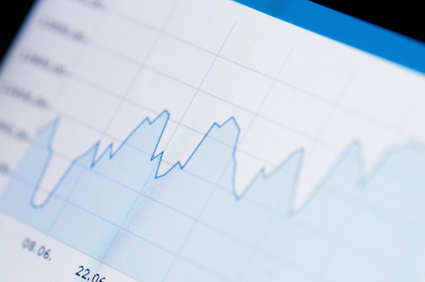RWI forecasts modest economic recovery for Germany despite trade challenges
by David Fleschen

The RWI – Leibniz Institute for Economic Research expects a subdued but positive economic outlook for Germany in 2025, despite ongoing trade tensions and new tariffs affecting exports. According to its latest forecast, real GDP is projected to grow by 0.3% this year, followed by a stronger rebound of 1.5% in 2026, supported largely by increased public investment.
Germany's economy got off to a relatively strong start in 2025, with real GDP rising by 0.4% in the first quarter. The growth was driven largely by advance exports to the United States, as companies rushed to ship goods ahead of announced tariff increases. Consumer spending also showed an unexpected uptick, even amid higher unemployment and persistent economic uncertainty.
However, the RWI notes that this initial momentum is unlikely to continue in the second quarter. Export volumes have already dropped in April, particularly to the U.S., and are expected to weaken further following the implementation of new 50% tariffs on steel and aluminum in June. Retail data also suggests a slowdown in private consumption.
Looking ahead, the second half of the year may bring a moderate pickup in economic activity. The RWI assumes that no additional U.S. tariffs will be introduced and that the European Union will hold off on countermeasures, though it cautions that these assumptions carry a high degree of uncertainty. While trade tensions are expected to weigh on exports, rising demand from other global regions could provide a partial offset.
Domestic economic activity is projected to become a more important driver of growth. Business and consumer sentiment remains cautiously optimistic, underpinned by recent stimulus measures announced by the federal government. Still, the RWI stresses that faster implementation is essential to stimulate investment and consumption meaningfully. Structural reforms, particularly in social security and bureaucracy reduction, are deemed necessary to support sustained recovery.
On the labor market, conditions remain stable despite a year-on-year increase of nearly 200,000 unemployed in May. The unemployment rate edged down slightly to 6.2% from 6.3% in May 2024. For the full year, the average jobless rate is expected to hold steady at 6.3%, declining slightly to 6.2% in 2026.
Inflation is projected to continue its gradual decline, thanks to lower energy prices and easing pressure on goods prices. Estimated at 2.1% in May, the inflation rate is forecast to average 2.2% in 2025 and decline to 2.0% in 2026, despite a potential rebound in energy costs tied to higher CO₂ pricing.
Fiscal developments also reflect the changing economic environment. The newly adopted federal financial framework allows for increased spending, though most of the impact will be felt from 2026 onward due to procurement delays. As a result, the budget deficit is expected to shrink to 2.6% of GDP in 2025 before rising to 2.9% the following year. Germany's debt-to-GDP ratio is projected to increase modestly from just over 65% in 2025 to about 66% by the end of 2026.
RWI's head of economic forecasting, Torsten Schmidt, emphasized the need for swift political action: "Despite short-term headwinds from trade policy uncertainty, signs of a gradual recovery are emerging for the second half of the year. However, it is crucial that the federal government follows through on its announcements. Delays or resistance from the states will only hinder Germany’s return to sustainable growth."
Source and Photo: RWI

